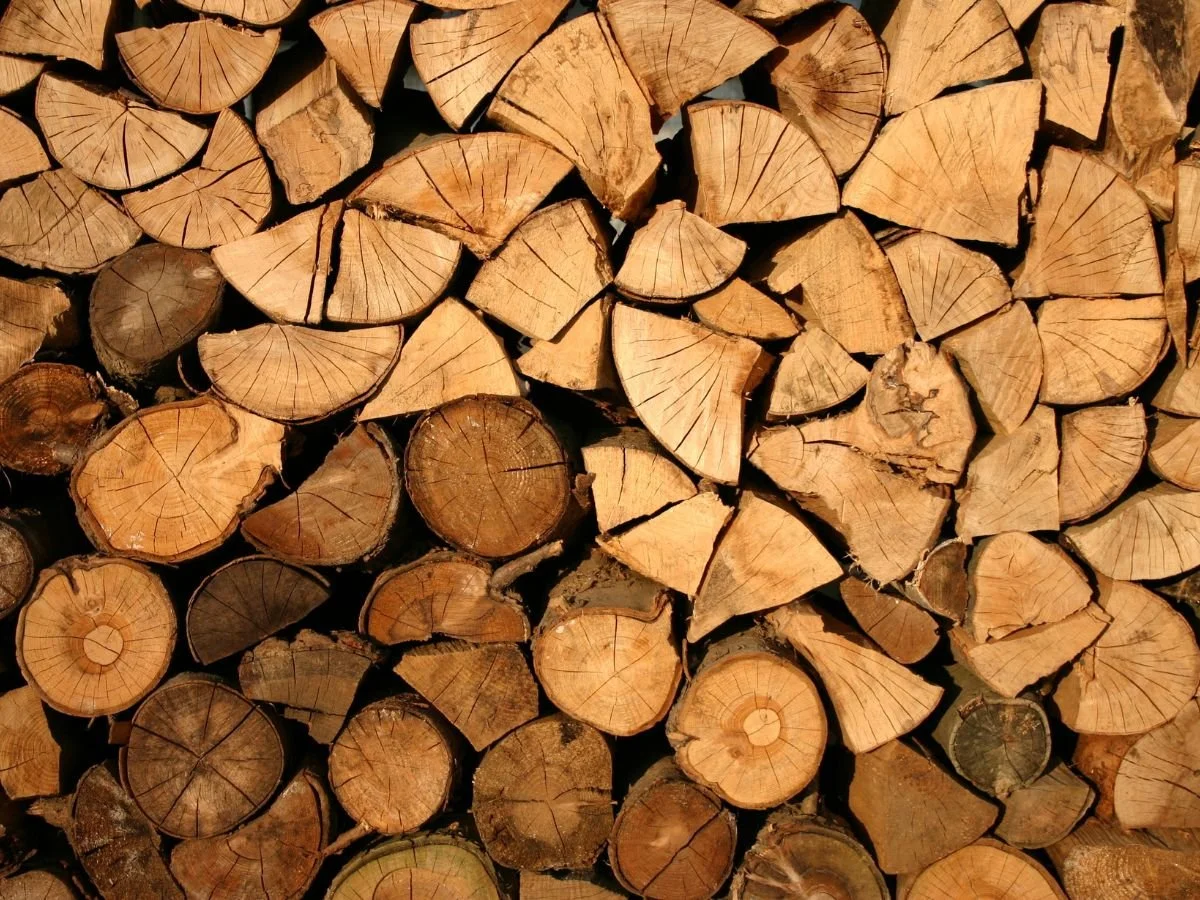Southern Cypress Timber "Swamp Cypress" vs. Western Red Cedar
While the Swamp Cypress and Western Red Cedar are fantastic choices of timber which have many similar features, there are a few things which set them apart from each other. Depending on whether you require stunning timber for your upcoming rustic furniture project or you need something slightly more weather resistant for outdoor fencing or decking, you’ll need to make an informed decision about which timber would be more appropriate. Take a read to explore the primary differences and what the main uses of each timber are.
Where do Swamp Cypress and Western Red Cedar originate from?
Swamp cypress (Taxodium distichum), also known as Bald Cypress, isn’t native to the UK. It is a deciduous conifer which can be found in the south-eastern areas of the United States such as New Jersey.
Western Red Cedar (Thuja plicata), on the other hand, is a coniferous species (produces horns) that is native to the western coast of North America, including California.
What are the differences between Western Cedar and Bald Cypress?
Both the Western Red Cedar and the Bald Cypress are both softwood with a straight or wavy grain pattern, however the cypress can often contain many knots. They both have a medium-coarse texture, meaning they have characteristics of hardwood such as strength, but the workability of a softwood.
The Western Red Cedar has a reddish-brown colour, while the swamp cypress is often light yellow and brown in colour, therefore the starkest difference in these two beautiful timbers are the colours. They cypress can also feel slightly greasy to the touch in its raw form.
They both have a relatively low density, although the Western Red Cedar is slightly lower. However, they are both a lightweight wood to use for many projects around the home and for commercial use.
How durable are the swamp cypress and Western Red Cedar?
In terms of durability, the swamp cypress is known for its resistance to rot and stability, making it a fantastic choice for outdoor use. Both types of wood boast a natural resistance to decay, weather damage, as well as insects, however, the Western Red Cedar is more weather-resistant than the swamp cypress. Therefore, if you have an outdoor project coming up in an area which is often subject to extreme weather conditions, you may wish to opt for the Western Red Cedar.
What’s the workability of the woods?
While the process of drying the wood is easy, it should ideally be dried slowly, particularly for the cypress which can be prone to tearing and throwing. In comparison, the cedar is less likely to deform, therefore this process can take place with less attention to detail.
The cedar is far easier to saw, plane and shape, due to the absence of knots in comparison to the cypress. The cypress is also not ideal for bending, therefore, this should be factored in when considering which material to work with.
In addition, the cypress may require pre-drilling if assembling with nails/screws to avoid cracks or damage to the material, however the cedar is relatively resistant to nails and screws due to its uniform texture, making it an ideal material for assembly.
What are the ideal uses of each timber?
Both woods are a popular choice for exterior work such as decking, fencing and roofing due to their weather resistant properties, resistance to rot, decay and insects. However, if your project is in an area prone to extreme weather conditions, you may wish to sway towards the Western Red Cedar as it is more weather resistant than the cypress.
Uses of Western Red Cedar
If you’re looking for timber to work with for your indoor decor project, you may wish to choose these stunning timbers. For a delightful, earthy aroma and warm tones, the Western Red Cedar is a fantastic option for panelling and flooring.
Further, if you’re planning on creating some outdoor furniture or an outdoor building for a client this summer, Western Red Cedar is also perfect due to it’s increased resistance to extreme weather.
To summarise, the Western Red Cedar is slightly more durable, weather resistant and easy to work with for projects. However, the cypress adds a beautiful rustic charm, therefore it depends on your requirements, preferences and location of work to decide the most ideal timber. If you’d like to discuss either the Western Red Cedar or swamp cypress in more detail for your upcoming work, please do not hesitate to get in touch.
WL West Timber is a family-owned sawmill & timber merchant in West Sussex with over 155 years’ industry experience. We provide a wide range of air-dried oak and kiln-dried oak timber products and supplies. We also build and install custom projects for our customers.
For more news, tips and updates, follow us on Facebook, Twitter, or Instagram.
For entirely finished products, timber supplies or woodworking tools, have a look at our online shop.







